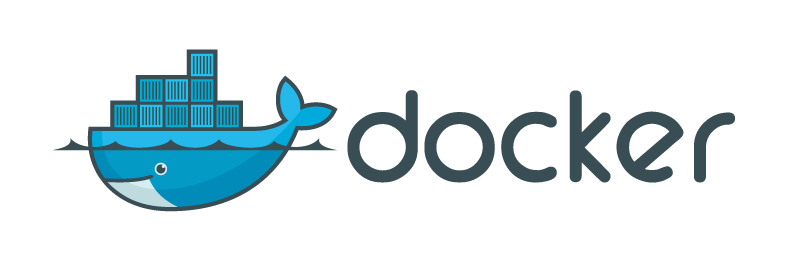Tag: loadbalancing
Radcup Part 2 – Transition into Cloud
Written by: Immanuel Haag, Christian Müller, Marc Rüttler Several steps are necessary to transfer the Radcup backend to the cloud and make it accessible to everyone from the outside. These are explained in more detail in the following sections.

Microservices – Legolizing Software Development I
In the first part, we present an example microservice structure, with multiple services, a foreign API interface and a reverse proxy that also allows load balancing.

More docker = more power? – Part 3: Setting up the loadbalancer
To benefit from using a loadbalancer we need several machines to distribute the traffic on, evidently. Thanks to Docker we simply run docker run -d -p 81:80 testwebsite:1 to get a second machine. This time the container port of the webserver is mapped to port 81. If you now visit <IP OF YOUR VM>:81 you…

More docker = more power? – Part 2: Setting up Nginx and Docker
This is Part 2 of a series of posts. You can find Part 1 here: https://blog.mi.hdm-stuttgart.de/index.php/2016/01/03/more-docker-more-power-part-1-setting-up-virtualbox/ In the first part of this series we have set up two VirtualBox machines. One functions as the load balancer and the other will house our services. As the next step we want to install docker on the service VM.…

More docker = more power? – Part 1: Setting up VirtualBox
This series of blogposts will focus on the effects on response times when performing different tasks running on a variable number of docker containers in a virtual machine. What will be the performance differences running a small or large number of containers on the same machine? These posts will function as a step-by-step tutorial, enabling…
